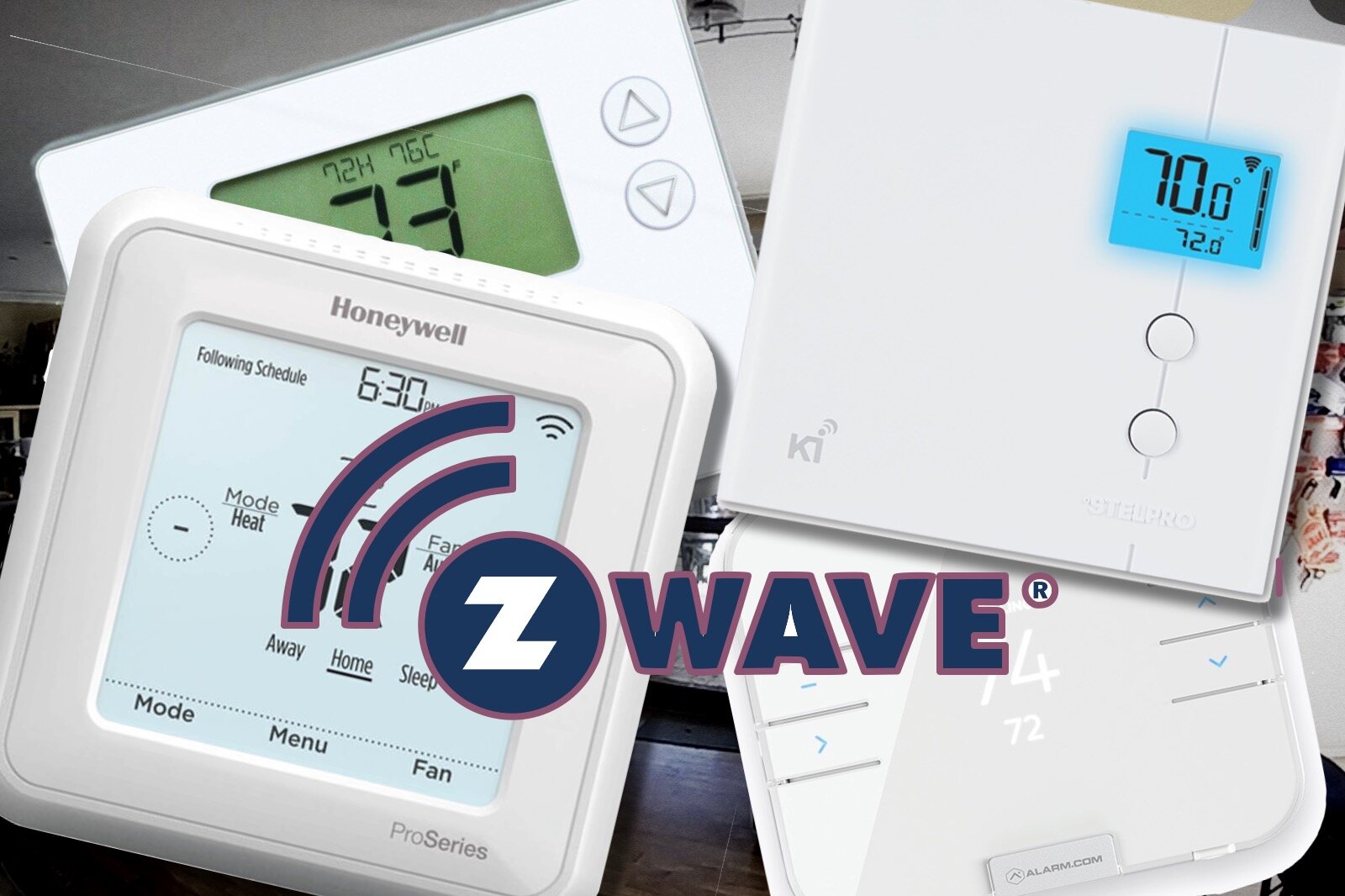Blue Light: What It Is and How It’s In Every Smart Home
Living in a smart home means enjoying the sleek automation of top-of-the-line gadgetry - but you also need to be aware that the technology around you means you will have to deal with blue light. In scientific terms, those are wavelengths of light just 1/1000,0000ths of an inch, and which carry higher energy and frequency than their red-light counterparts. While that sounds innocuous on paper, in reality, blue light can have adverse effects you may need to prepare for.
Read on to discover what blue light is and how it's in every smart home.
What is blue light?
Put in more concrete terms, blue light is the part of the electromagnetic energy spectrum most commonly found on digital screens, LED lights, and other artificial sources. Exposure has some benefits - for example, blue light can help you stay alert, boost your memory, and can even aid in improving some skin conditions. But blue light also has some concerning aspects. As anyone who utilizes a device for extended periods knows, blue light can cause eye strain. Additionally, the brightness of blue light can disrupt your sleeping cycle and, unlike UV rays, your eye's protective mechanisms - your cornea and lens - don't shield you against blue light.
How blue light is present in smart homes
If you're a smart homeowner, you've chosen to live in a house powered by the best and latest tech. Your perks include simple and powerful control over your appliances, room temperatures, and more. That also means, however, that whenever you alter an aspect of your environment, you're gazing at the monitor of your laptop, computer, or mobile device - strong sources of blue light.
Your lighting system is also very likely to contain blue light. Many smart homes have LED lights, a highly energy-efficient lighting technology, or even more advanced antibacterial light useful for sterilizing interior occupied spaces. While these can brighten your home beautifully, they can also cause retinal damage with high levels of prolonged exposure.
Before you take any action, though, keep in mind that the levels of exposure from devices in our homes is a fraction of the exposure we naturally receive from the sun. The ‘white light’ that reaches the surface of the Earth has more blue than other colors thanks to our atmosphere, hence why ‘cool white’ light temperatures appear to have a blue tint as this more accurately reflects sunlight. So, while there is evidence that blue light in general can have harmful effects, any exposure in the home is going to be far less than simply being outside.

A meta-study on the safety of blue light in dermatology:
https://www.ncbi.nlm.nih.gov/pmc/articles/PMC6280109/
A meta study citing eveidence of skin and eye damage from blue light:
https://eyehealthhq.com/what-is-hev-blue-light
How to mitigate the effects of blue light
Despite blue light's repercussions, there's no need to abandon your smart home. Follow these tips instead.
Wear blue light glasses
You can wear specs to keep the harmful light of your smart home from reaching your eyes. Many eye experts recommend blue light glasses for their ability to absorb frequencies and shield your retina, easing eyestrain and protecting our natural sleep cycles. They're accessible too, and you can purchase a stylish pair from the likes of Prada, Ray-Ban, or Oakley. By wearing blue light glasses, your eyes will have an easier time looking at screens.
Leverage eye-protecting apps
There's no avoiding the gadgets you use to change your house settings. When you want your music turned on or the temperature of your bedroom to be a few degrees cooler, you will have to look at your smartphone or tablet—which you likely use frequently anyway, to the detriment of your eyesight and circadian rhythm. However, there are eye-protecting apps that sidestep this very problem. You can use a program like F.lux, which discreetly adjusts your screen's brightness and color temperature to mimic your natural environment and aid the biological mechanisms that preserve your sleep schedule.
The latest smart phone operating systems also have built-in features to reduce the blue light from your screen automatically in the evening to help with sleep. You can elect to turn these on more frequently if you want this to carry over into the daytime as well.
Adjust your smart lighting system
Your smart home caters to you, and while it has that pesky blue light, you can adjust its settings to minimize the damage. Your smart light bulbs can adjust the brightness and hues of your environment to your preferences - and while many enjoy the perk of coordinating light changes with a movie, you can also use that capability more practically by dimming the lights to a comfortable brightness and instructing your lighting system to keep to your body's internal clock.
Blue light is found in every smart home and can possibly harm your health if it’s used excessively. Ensure you follow the above tips to protect your well-being and enjoy the best home tech.





